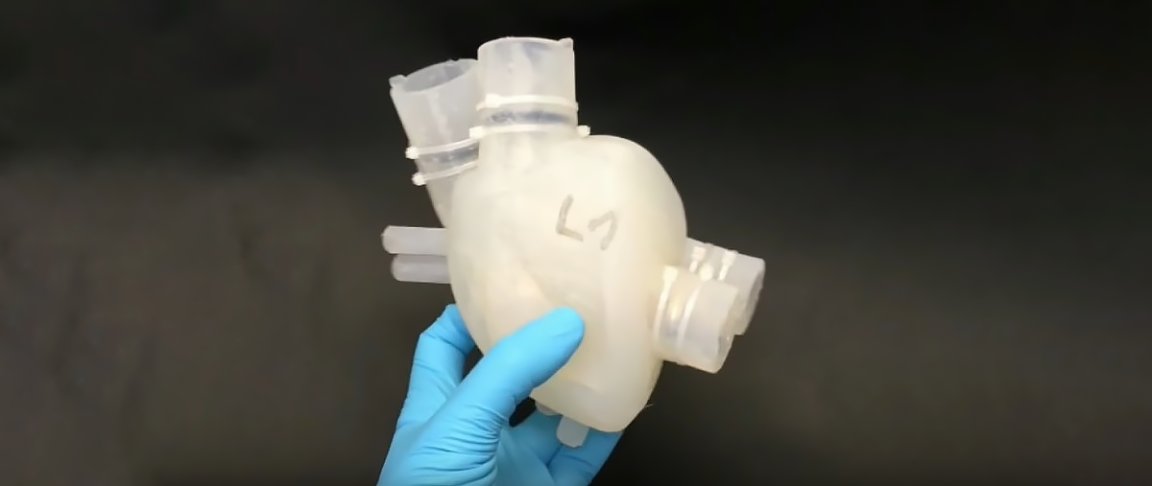
Scientists have been developing artificial hearts for quite some time now. However, many of the current designs are unfortunately clunky, which presents difficulties in successfully integrating them into human tissue. To approach this issue, a team of researchers from ETH Zürich decided to take a cue from the biological human heart.
Instead of using separate parts, the Swiss team, led by Nicholas Cohrs, 3D-printed an artificial heart using a soft, flexible material. The material was molded into a single part (or a “monoblock”) which allowed the team to design a complex inner structure complete with pumping mechanisms able to be triggered by silicon ventricles. This method imitates a realistic human heartbeat.

“[O]ur goal is to develop an artificial heart that is roughly the same size as the patient’s own one and which imitates the human heart as closely as possible in form and function,” Cohrs said in a press release. The team successfully tested this artificial heart, pumping blood-like fluid at human body-like pressures. The team published their research in the journal Artificial Organs.
However, this design is still a proof of concept, which means it’s yet to be ready for actual implantation. The materials used are, as of right now, unable to last more than half an hour or some few thousand heartbeats, though that could vary a bit depending on a person’s heart rate. It’s a limitation the team will continue to work on, as new materials and design improvements advance. Once perfected, this design could potentially improve the lives and health of around 26 million people worldwide who suffer from various heart conditions.